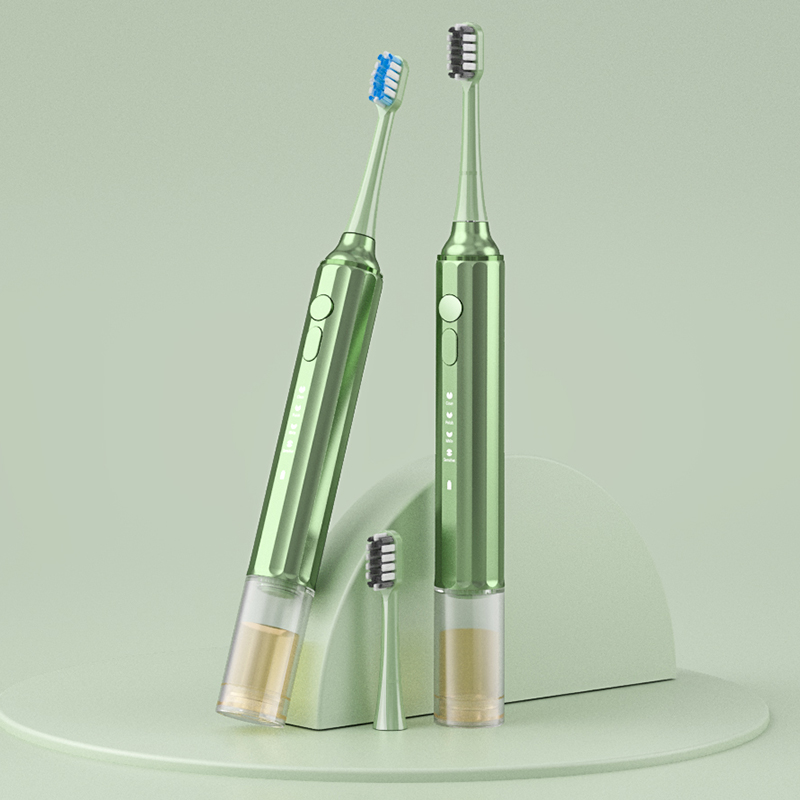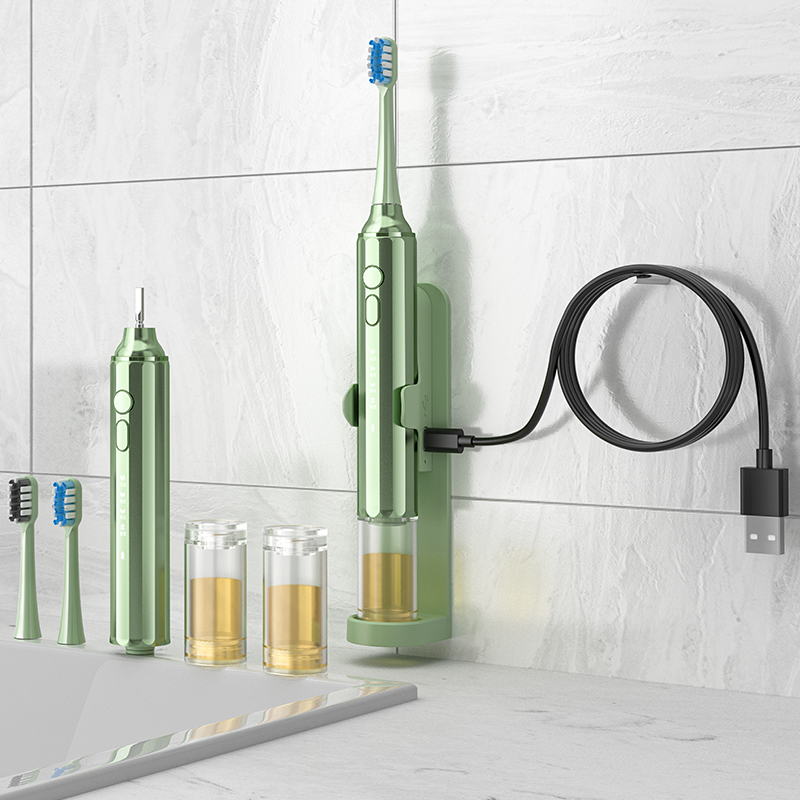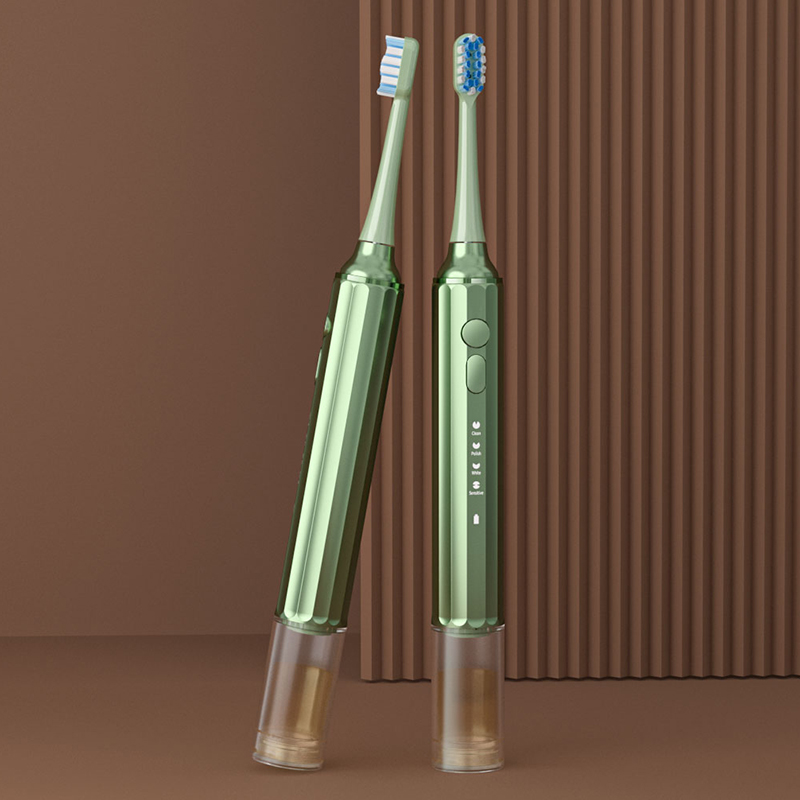Electric toothbrushes have become essential tools for many people's daily oral care. However, during the usage process, people always have some questions. We've selected the 10 most common questions from numerous user feedback and will answer them in an easy - to - understand way, enabling you to master the correct way to use an electric toothbrush effor

When choosing a toothbrush head, consider the bristle material and shape. For ordinary users, choose nylon bristles of medium hardness. For those with sensitive gums, choose soft - bristle heads, and for orthodontic patients, choose wavy - shaped heads. Replace the toothbrush head every three months to maintain cleaning effectiveness.
Don't press too hard! Electric toothbrushes clean through vibration. Just a gentle press is enough. If the toothbrush has a pressure - reminder function (such as lighting up or reducing speed), be careful not to exceed the indicated pressure.
Yes, it is! Choose an electric toothbrush with an IPX7 waterproof rating, which allows you to rinse it with confidence. But remember to dry the base after each use to avoid water accumulation and potential damage.

Lithium - ion batteries offer better battery life. Generally, one charge can last 2 - 3 weeks. If you travel frequently, choose a model with USB charging for greater convenience.
It's normal to have slight bleeding when you first start using an electric toothbrush. If the bleeding persists, check whether the bristles are too hard or if you're brushing too hard. It is recommended to use the sensitive mode and brush gently.
Electric toothbrushes clean more thoroughly, especially in the gaps between teeth and along the gum line. Research shows that they can reduce plaque by 21% and gingivitis by 11%.
Choose a compact and portable model, and bring a dedicated disinfection or storage box. If traveling abroad, make sure the toothbrush supports a voltage range of 100 - 240V to avoid charging issues.

The body of an electric toothbrush generally lasts 2 - 5 years, and the toothbrush head should be replaced every three months. If you notice a weakening of the vibration or an increase in noise, the motor may be aging.
Sonic toothbrushes are quieter than rotary ones. If you're sensitive to noise, choose a model with a silent mode, or use the sensitive mode at night.
Cleaning Mode: For daily use, suitable for most people.
Sensitive Mode: For those with sensitive gums or after tooth extraction.
Polishing Mode: Use once a week, combined with whitening toothpaste.
Tongue - Cleaning Mode: Use in the morning to clean the tongue and freshen your breath.
Tips:
Check your toothbrush every three months: Check whether the toothbrush head is deformed, if the vibration is normal, and if the charging is smooth.
Don't forget to get your teeth cleaned once a year. Using an electric toothbrush in combination will yield better results!
We hope these answers will help you use your electric toothbrush better and achieve healthy teeth with ease!
